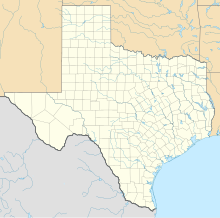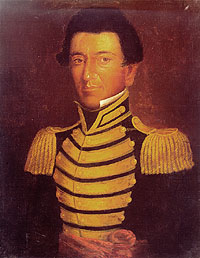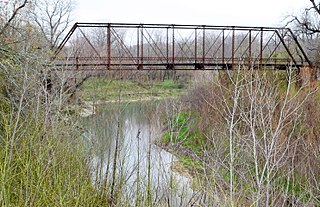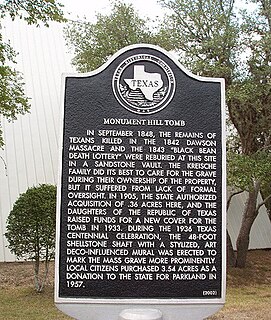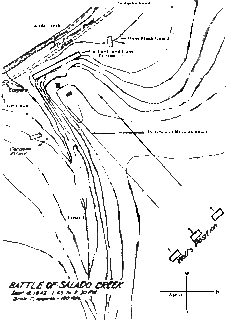| Battle of the San Gabriels | |||||||
|---|---|---|---|---|---|---|---|
| Part of The Texas–Indian wars | |||||||
| |||||||
| Belligerents | |||||||
Various Indians | |||||||
| Commanders and leaders | |||||||
| Lt. James Rice | Manuel Flores | ||||||
The Battle of the San Gabriels was an 1839 skirmish in the Texas–Indian wars.

The Texas–Indian wars were a series of 19th-century conflicts between settlers in Texas and the Southern Plains Indians. These conflicts began when the first wave of European-American settlers moved into Spanish Texas. They continued through Texas's time as part of Mexico, when more Europeans and Anglo-Americans arrived, to the subsequent declaration of independence by the Republic of Texas. The conflicts did not end until thirty years after Texas joined the United States.
Contents
The battle began on 17 May 1838. A company of Texas Rangers under Lt. James O. Rice had pursued the Mexican agent Manuel Flores and his party of Mexicans and Indians, following their murder of four surveyors working between Seguin and San Antonio, Texas. Battle was commenced on the north San Gabriel River, after the 2 day pursuit. In the first charge, Flores was killed and his company fled, abandoning a supply train intended to equip the Indians of East Texas for a revolt against the Texians. In the captured baggage, Rice discovered letters between Flores and Vicente Córdova as well as instructions from Mexican general Valentín Canalizo, detailing the Córdova Rebellion. These letters contradicted The Bowl's previous denials of involvement with Córdova's revolt and led to the Cherokee War.

The Texas Ranger Division, commonly called the Texas Rangers, is a U.S state-wide investigative law enforcement agency with statewide jurisdiction in Texas, based in the capital city of Austin. Over the years, the Texas Rangers have investigated crimes ranging from murder to political corruption, acted in riot control and as detectives, protected the governor of Texas, tracked down fugitives, and functioned as a paramilitary force at the service of both the Republic (1836–1845) and the state of Texas.

Mexico, officially the United Mexican States, is a country in the southern portion of North America. It is bordered to the north by the United States; to the south and west by the Pacific Ocean; to the southeast by Guatemala, Belize, and the Caribbean Sea; and to the east by the Gulf of Mexico. Covering almost 2,000,000 square kilometres (770,000 sq mi), the nation is the fifth largest country in the Americas by total area and the 13th largest independent state in the world. With an estimated population of over 120 million people, the country is the eleventh most populous state and the most populous Spanish-speaking state in the world, while being the second most populous nation in Latin America after Brazil. Mexico is a federation comprising 31 states and Mexico City, a special federal entity that is also the capital city and its most populous city. Other metropolises in the state include Guadalajara, Monterrey, Puebla, Toluca, Tijuana and León.

The indigenous peoples of the Americas are the Pre-Columbian peoples of North, Central and South America and their descendants.
A marker was placed near the site in 1936. [1]
